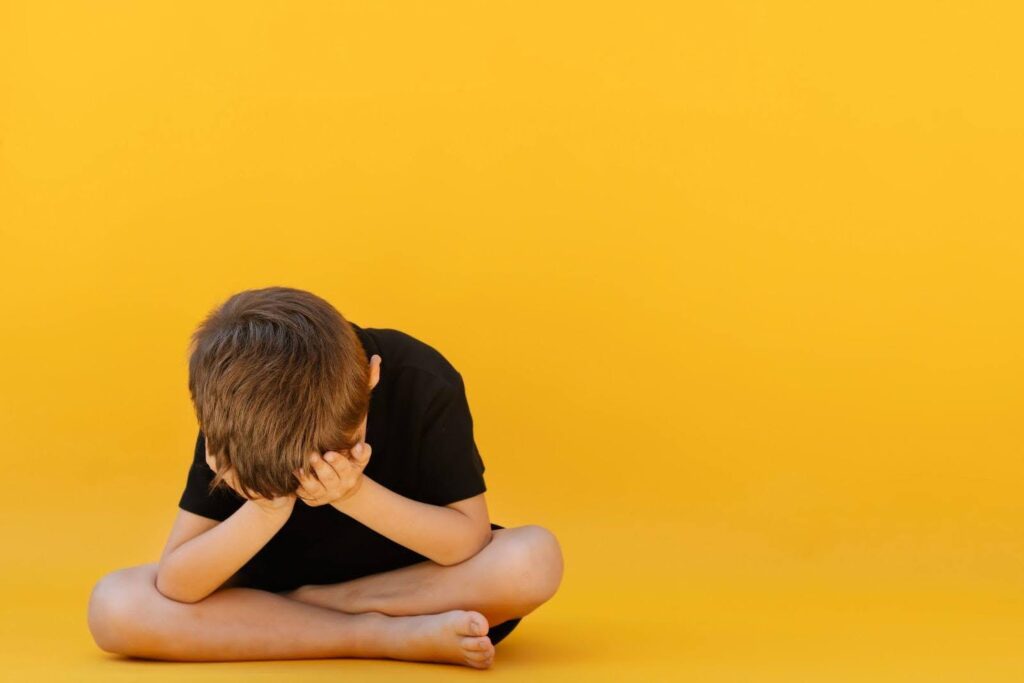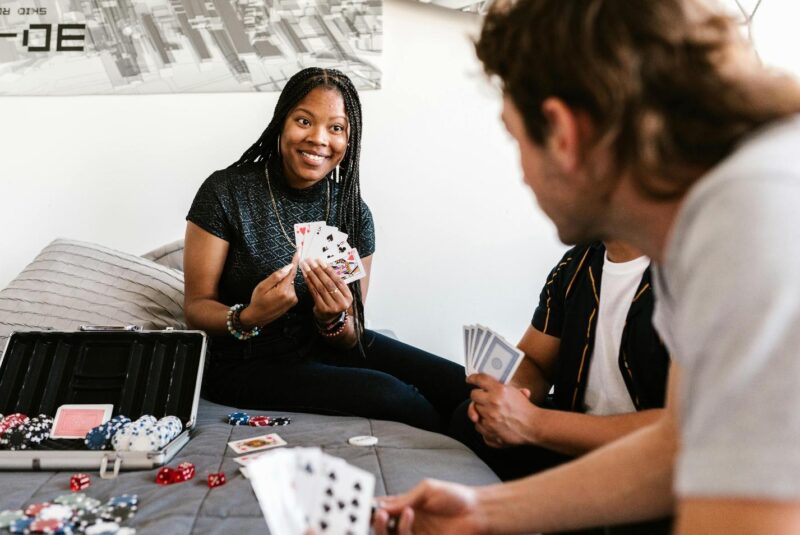
We all know just how much grief is one of life’s deepest teachers, and it’s the type of mentor that parents often don’t prepare their children to meet.
For the past couple of generations, adults have largely shielded kids away from death by essentially thinking that protecting them from grief equals comfort. But today in 2025, we’re now seeing more families embrace celebration of life ceremonies for both loved ones and pets, and these memorials are flipping the script by focusing on legacy, love and shared memories as a new approach to grieving.
We recently got in touch with a celebration of life center in springfield ohio to get a deeper glimpse into how these ceremonies impact children, so check out the below sections to learn how children are now healing better alongside the grieving adults around them!
Why Children Deserve Honesty About Lost Loved Ones
There’s no denying how children experience grief much differently than adults, because kids often move in and out of grief—instead of slowly processing it emotionally and intellectually.
A child’s understanding of permanence typically evolves gradually, which is why age-appropriate, honest conversations are always essential when a loved one passes away.
The one thing that parents should never do in these scenarios is avoid the topic altogether, because this can inadvertently create anxiety and confusion. No one wants their children to develop fears around sleep or going away, so it’s always better to be clear and compassionate when guiding kids through these types of unknowns.
It’s often best to explain death in rather simple terms like his body stopped working, and now he’s not in pain anymore. This type of basic explanation helps children process what actually happened, and it also opens the door toward bigger conversations about how love never ends just because life does!

The Growing Role Of Celebration Of Life Ceremonies
There’s no denying how conventional funerals often feel abstract or heavy for young children, which is one of many reasons why countless families are now turning toward celebration of life ceremonies that are meant to turn grief into something more healing and interactive.
Instead of solely focusing on the loss of a loved one, these end-of-life gatherings celebrate a decedent’s story by delving into how they helped others, what made them laugh, and all the joy they shared while alive.
And when parents involve their children in these ceremonies, they often feel safer and more included. Maybe they’ll read a short poem, draw pictures, light candles, or share their favorite memories of their loved one. Even these smaller acts go a long way to give children more agency, which subsequently provides a concrete experience that they can hold onto when a lot of things unfortunately feel uncertain.
And more importantly, celebrations of life help children learn how it’s possible to simultaneously feel heartbreak and happiness—which is something they can carry with them forever.
Turning A Loved One’s Memories Into Deep Meaning
It’s also a good idea for families to create memorial activities at home, which can include memory boxes filled with notes, photos and mementos that reflect a loved one’s personality.
Many families also conduct ceremonies like releasing biodegradable lanterns, planting a tree, or cooking a loved one’s favorite meal on their birthday.
These types of traditions help convert remembrance into living practices, which shows children that their grief can persist through loving actions. And when kids start to see how their remembrance of a lost loved one is ongoing, they’ll associate their loss and sadness with a sense of gratitude.
Parents Teaching Children Emotional Resilience By Example
Children always learn by what they see from adults. This means that when adults are willing to talk, cry and remember a lost loved one out loud, it showcases emotional resilience.
This approach teaches kids that it’s always ok to miss someone, and at the same time move forward with life. Celebrations of life typically provide this type of powerful framework for children, because they blend storytelling, ritual and togetherness in a way that showcases perspective and empathy.
And in this way, children start to develop themselves by understanding how loss is merely a new form of love!
Celebrations Of Life Help Families Carry Valuable Lessons Forward
When we think about how the next generation of Americans should reframe grief, we don’t mean that they should erase sorrow altogether. Instead, parents must focus on expanding sorrow.
When children are given the opportunity to participate in funeral services and remembrance ceremonies, they subsequently learn how grief directly coexists with gratitude. They also learn how pain leads to empathy, and that sorrowful endings create meaningful connection.
Celebration of life ceremonies aren’t just basic farewells for kids, because they’re also a classroom that teaches them how people live on forever through kindness, stories, and the many ways that we choose to honor them.
And possibly the most important healing message that we can give to children about healing is that grief isn’t necessarily something that we get through or over—because it’s actually something that helps us grow together!










